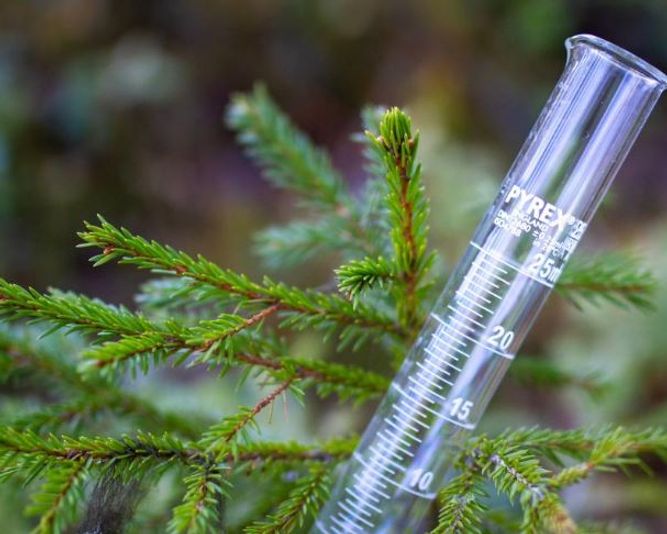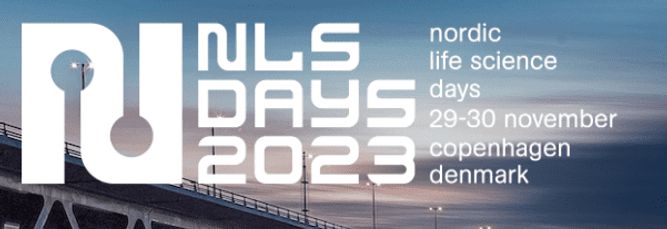Synerkine Pharma, a Dutch biopharmaceutical company creating innovative pain solutions, today announced a manufacturing alliance with NorthX Biologics AB, a leading biopharmaceutical company committed to pioneering solutions in gene therapy and biotechnology. The alliance will support Synerkine’s development portfolio, including its most advanced program SK-01, a cytokine-cytokine fusion protein combining the effects of IL-4 and IL-10 as a treatment option for chronic pain. SK-01 is progressing steadily toward clinical development with complex regional pain syndrome (CRPS), a severe chronic pain indication, as the lead indication.
An increased understanding of cytokine biology combined with new bioengineering approaches have unlocked a growing sector of engineered cytokine therapeutics, with cytokine-cytokine fusion being considered a new frontier. Synerkine’s cytokine fusion molecules retain the ability to activate the individual cytokine receptors and mediate the clustering of receptor complexes normally not interacting in proximity. The clustering activates unique gene transcription patterns and a fundamentally different, often increased, response compared to the one achieved via co-application of the respective individual cytokines.
“Establishing a robust manufacturing process is a crucial step in the development process of every biologic molecule. As we continue to advance SK-01 toward clinical trials, the timing is right to ramp up our process development and GMP manufacturing efforts. The alliance with NorthX Biologics allows us to combine our expertise in cytokine biology with NorthX extensive resources to get our first product candidate to an IND-ready stage,” commented Hans Preusting, PhD, Chief Executive Officer of Synerkine Pharma.
“Synerkine’s novel approach in pain medicine is crucially needed, and we are excited to partner with them on the important transition from preclinical to clinical development stage. We see huge potential in the programs that Synerkine aims to develop and are ideally positioned to support companies like them in this phase of the product development cycle due to our focus on the manufacturing of advanced biologics,” commented Janet Hoogstraate, Chief Executive Officer of NorthX Biologics.
About Synerkine Pharma
Synerkine Pharma B.V. focuses on the development of novel fusion proteins, called Synerkines, that combine the immunoregulatory activity of different cytokines. These fusion proteins have unique benefits over the individual cytokines and modulate a broad number of targets, including key elements in the pain pathway. This provides treatment options for chronic pain conditions with a clearly differentiated mechanism of action over current analgesic drugs and holds tremendous therapeutic and commercial potential. Synerkine Pharma B.V. was founded in 2018 as a spin-off of the University Medical Center Utrecht (UMCU), the Netherlands.















